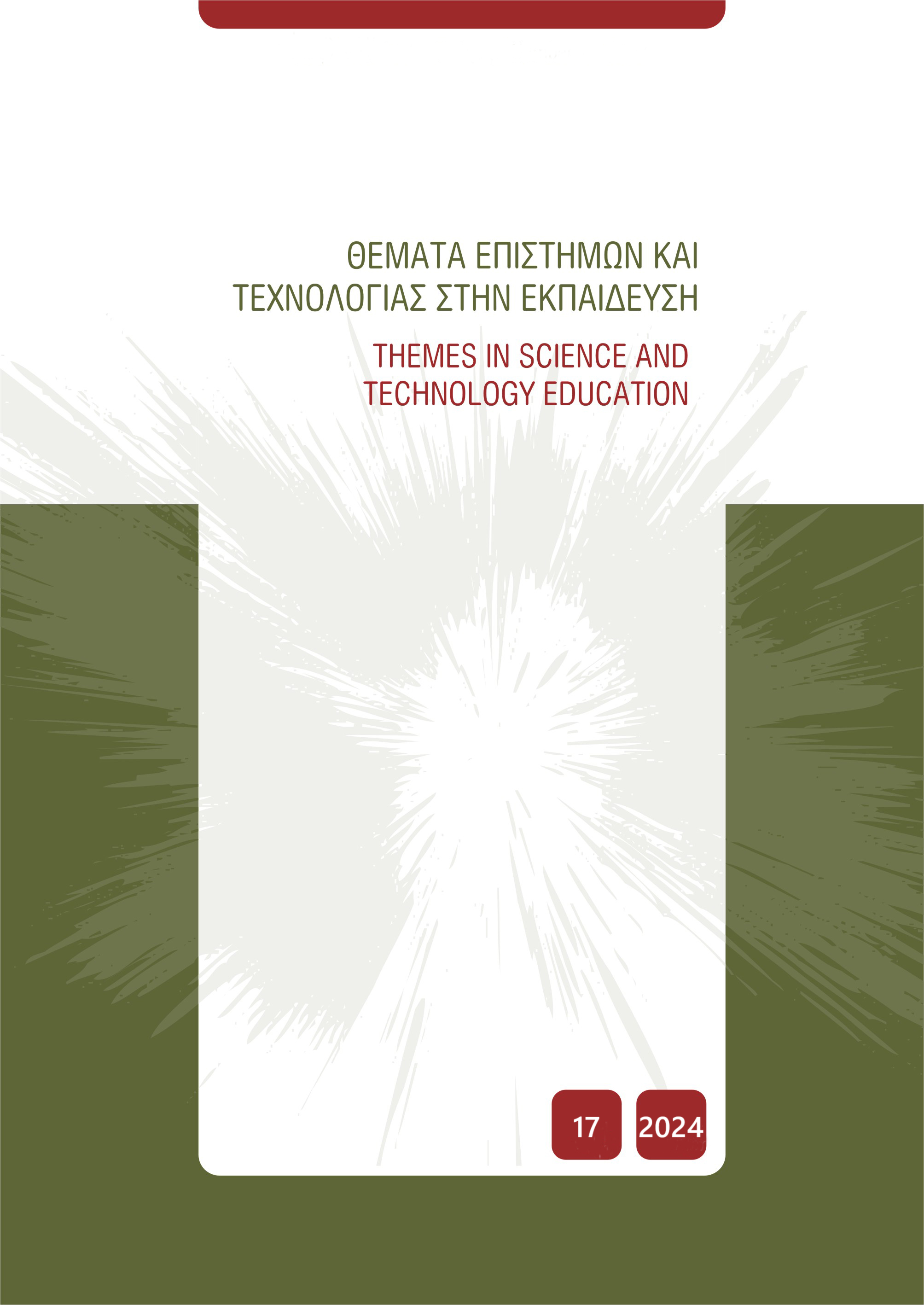Μοντέλο σχεδίασης εφαρμογών επαυξημένης πραγματικότητας για την ειδική αγωγή και αποδοχή του από εκπαιδευτικούς κατά τη διδασκαλία σε μαθητές με ήπια νοητική αναπηρία

Περίληψη
Η απόκτηση ακαδημαϊκών δεξιοτήτων από μαθητές και φοιτητές με νοητική αναπηρία αποτελεί ένα τρέχον ερευνητικό ζήτημα προσφέροντας γνώσεις για την κατανόηση του κόσμου, και η ψηφιακή τεχνολογία υποστηρίζει αντίστοιχες διδακτικές προτάσεις. Καταγράφεται ερευνητικό κενό στον τρόπο σχεδίασης εκπαιδευτικών εφαρμογών υποστηριζόμενων από την ψηφιακή τεχνολογία για άτομα με νοητική αναπηρία. Η εργασία παρουσιάζει το μοντέλο MILES-D για την ανάπτυξη εφαρμογών Επαυξημένης Πραγματικότητας για την Ειδική Αγωγή. Το μοντέλο εφαρμόζεται για την διδασκαλία της δομής της ύλης και αξιολογείται από εκπαιδευτικούς ως προς την αποδοχή του με ένα εργαλείο προσαρμοσμένο για την επαυξημένη πραγματικότητα. Τα αποτελέσματα ως προς την αποδοχή από τους εκπαιδευτικούς είναι ιδιαίτερα θετικά και αναδεικνύουν την αξία του μοντέλου για τη σχεδίαση εφαρμογών τεχνολογιών εμβύθισης για άτομα με αναπηρία.
Λεπτομέρειες άρθρου
- Πώς να δημιουργήσετε Αναφορές
-
Δελημήτρος Μ., & Μικρόπουλος Α. (2024). Μοντέλο σχεδίασης εφαρμογών επαυξημένης πραγματικότητας για την ειδική αγωγή και αποδοχή του από εκπαιδευτικούς κατά τη διδασκαλία σε μαθητές με ήπια νοητική αναπηρία. Θέματα Επιστημών και Τεχνολογίας στην Εκπαίδευση, 17, 23–34. https://doi.org/10.12681/thete.42220
- Τεύχος
- Τόμ. 17 (2024)
- Ενότητα
- Articles





